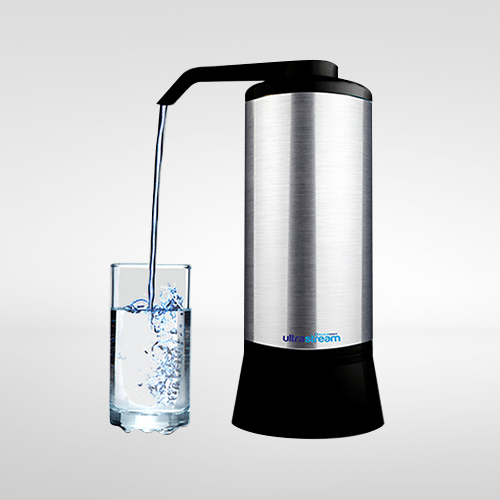Water is essential in agriculture. Farms use it to grow fresh produce and to sustain their livestock.
Therefore, water quality is critical for agriculture, both for the health and quality of produce, and for the economic stability of the farming industry.
Because water quality is such a fundamental facet of agricultural production, maintaining it is vital. The most effective way of doing this is through disinfection.
Common Uses of Water In Agriculture
In agriculture, water is used for:
- Irrigation
- Spraying
- Drinking water for livestock
- Washing down livestock buildings.
Compared to overall water consumption in the UK, agricultural irrigation represents only a minor use, of between 1% and 2%.
But this form of water use is demanding, as it does not return water back into the environment in the short term.
Where Does Agricultural Water Come From?
Some of the water that farms use for irrigation comes from rivers and streams, either through surface or borehole extraction. This is largely because peak demands for agricultural irrigation exceed what the public mains supply can provide.
There are some crops, such as strawberries, grown in smaller horticultural units, which depend on mains water supplies.
Consequently, agriculture requires large volumes of freshwater.
However, Defra’s Farm Business Survey for water usage on farms in England also indicates that mains supply water continues to be major source of water on some farms.
Dairy and grazing livestock farms tend to source a larger proportion of the water they use from freshwater.
Given these various water sources, it is important that farmers can control the quality of the water they use for these various agricultural purposes.
The Importance of Good Water Quality
Effective and safe uses of water in agriculture result in good crop yields and livestock production. But poor quality of water can have a significant negative impact on crop growing, animal welfare and health, and, ultimately, economic performance.
Contaminants in agricultural water can be damaging to quality of plant crops, to milk yields, and to the health and longevity of animal herds.
The main risk comes from bacteria, which form in biofilms on agricultural water supplies.
Biofilms can be particularly resistant to cleaning and disinfecting, and can spread contamination widely.
Where there is resting water in tanks or pipes, commonly from freshwater, there will often be a build-up of biofilm. It can also appear in untreated mains water.
The bacteria in biofilms can have devastating impacts on both plants and animals. Pathogens can slip past protective measures, especially if agricultural water is contaminated.
Water for Livestock
Animals need water for their healthy development and growth. Basically, the quality of end products, such as meat and milk, depends on the quality of animal feed, including water.
To maintain their feed intake, animals need access to a ready water supply that is uncontaminated.
Livestock consume vast quantities of water, so there is always the risk that they will ingest contaminants.
These contaminants include mineral salts, heavy metals, toxins, bacteria and animal faeces.
Contaminants in livestock drinking water can cause infertility and low milk production; they can cause fertility problems, illnesses, disease and death.
Water for Plants and Crops
Water quality is as essential for plants and crops as it is for livestock.
Stubborn fungal infections in plants can often be the result of contaminants. Indoor plant cultivation in particular is susceptible to fungal spores, that thrive in contaminated water.
Biofilms can cause deoxygenation in water supplies, which leads to oxygen-deficient soil, depriving plants of the oxygen they need.
How Should You Treat Agricultural Water?
It is important to disinfect the water used in agriculture. This will help to protect the quality of plants and crops, and protect livestock from disease and illness.
Any disinfectant you use should be as effective as possible, and work against as wide range of pathogens as possible.
Irrigation equipment can be a source of pathogens. Water recirculation systems, for instance, can spread mould spores throughout an entire greenhouse crop.
Therefore, you should spray all irrigation equipment such as sprinklers and top feeders with disinfectant.
Drinking facilities and tanks for water storage require regular disinfecting too. You should do this at least twice a year.
Along with basic precautions like ensuring there are no animal carcasses or manure in water supplies, you should clean troughs, buckets and cups very frequently, as part of an established routine.
Isolate water supply lines and add the recommended concentration of disinfectant to your tank or water system. Flush the system out, then refill and apply disinfectant to this supply.
What Disinfectant Can You Apply to Agricultural Water?
You want the disinfectant you use to be as effective as possible, but also to be safe for use with livestock.
Oxyl-Pro is a revolutionary disinfectant with multiple uses and applications, suitable for agriculture and livestock. It uses food-safe ingredients and contains no silver or heavy metals.

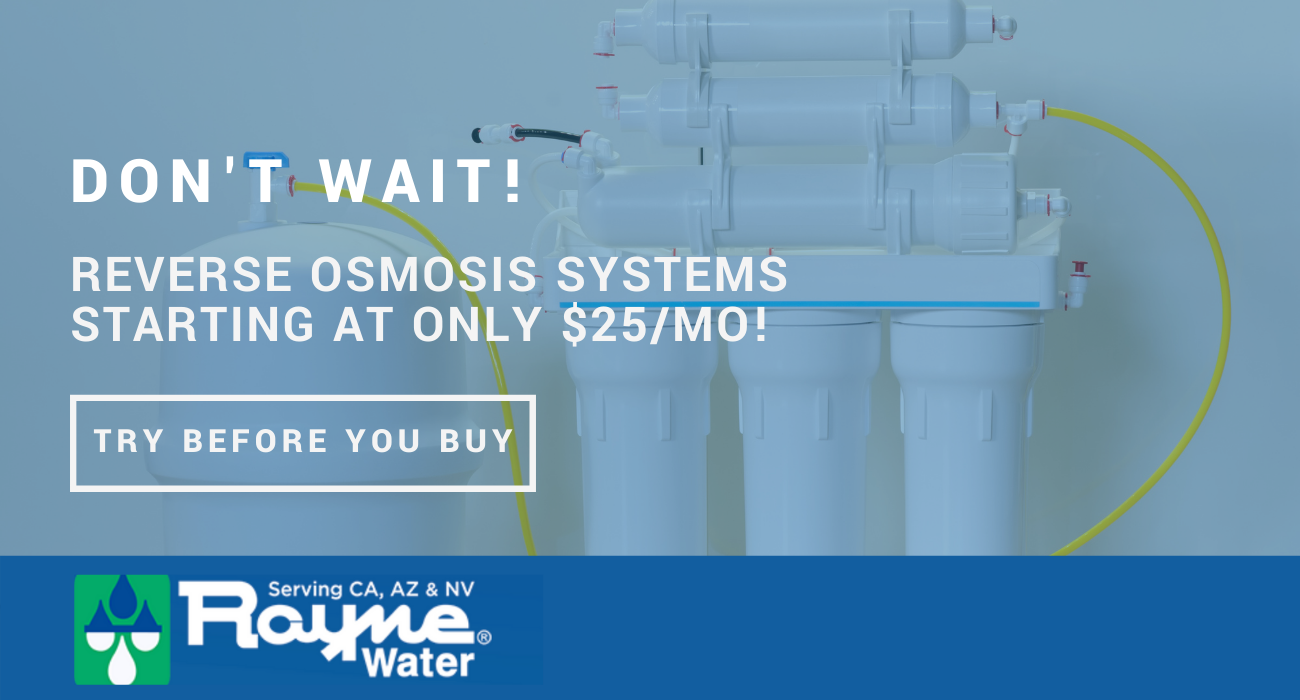
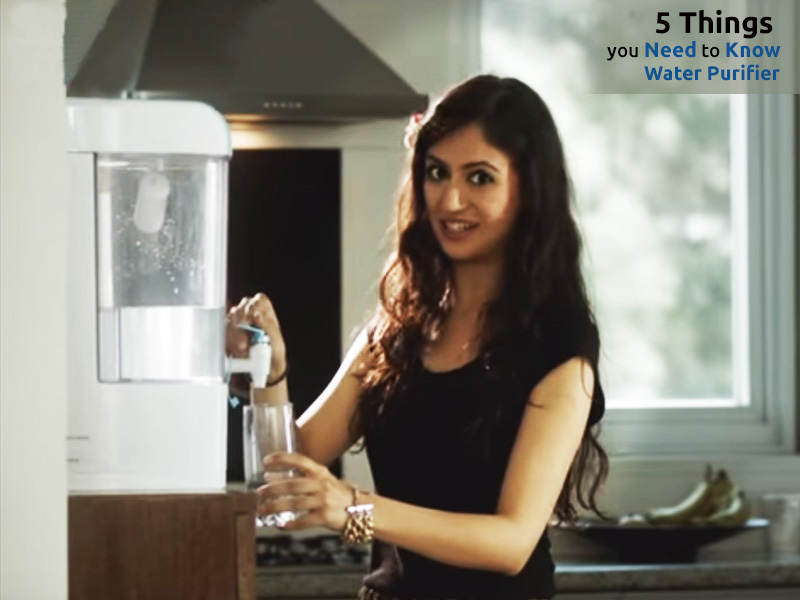
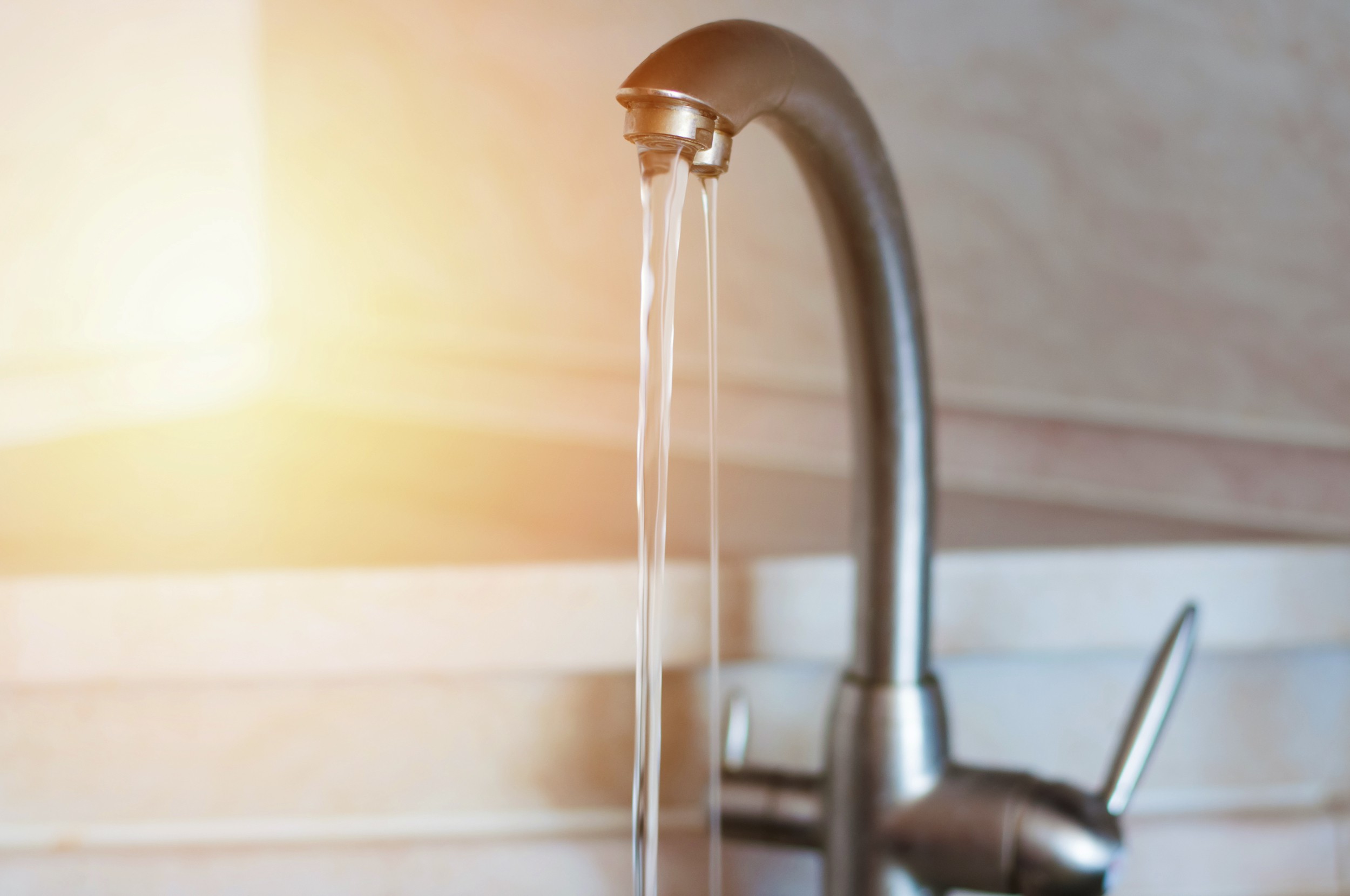
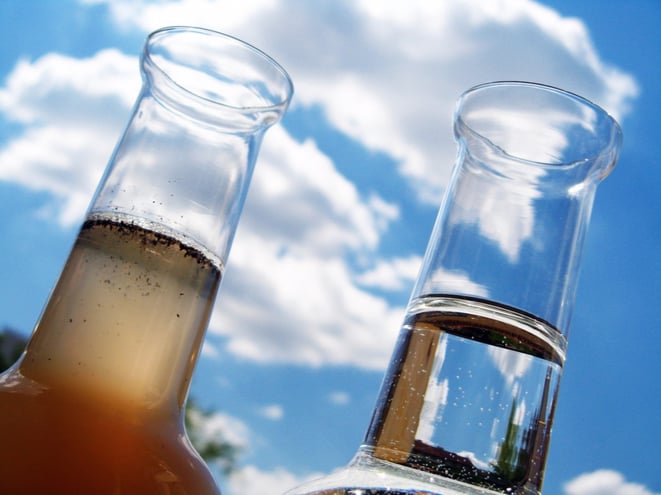
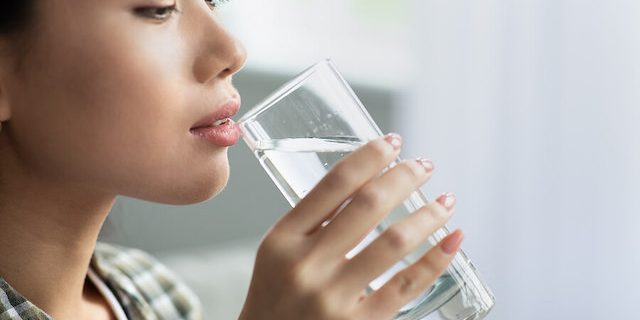
 It’s extremely important to confirm your water has been purified or treated before drinking. If your water is contaminated and you don’t have bottled water, there are various water purification methods that are used today, and each method has its merits and demerits.
It’s extremely important to confirm your water has been purified or treated before drinking. If your water is contaminated and you don’t have bottled water, there are various water purification methods that are used today, and each method has its merits and demerits. 
